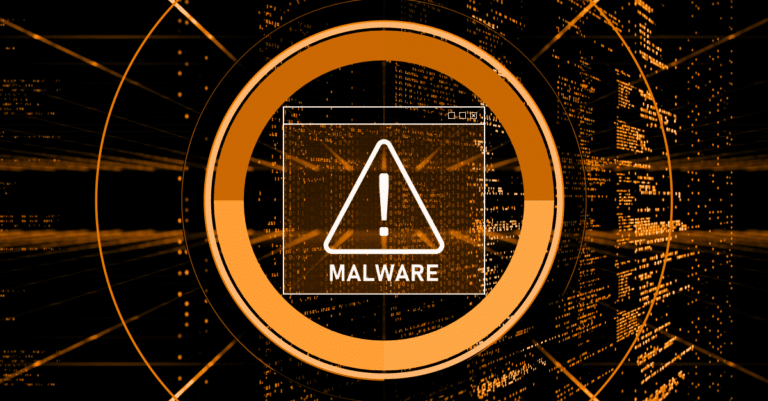Don’t Get Hooked: Spot the Red Flags Before You Click
Every week we get a call that starts the same way:
“Hey… I just got this email. It looks kind of real, but something feels off. Can you check it?”
You’re not alone. Fraudulent emails and texts (also known as phishing) are designed to trick busy people into clicking links, sharing credentials, or panicking into action. And they’re getting harder to spot.
The good news? With a little know-how, you can spot most scams before they do damage.
Here’s how to keep your inbox (and your business) safe.
1. Hover Before You Click
Scammers love disguising dangerous links as something familiar. Before you click, pause for a second. On a computer, you can hover over the link to see the real address pop up in the bottom corner of your screen. On a phone, press and hold the link to preview it.
Ask yourself: does the link actually match the company it claims to be? A real banking link might look like www.bank.com, but if it shows up as www.bank-login-fake123.ru, that’s a dead giveaway.
Rule of thumb: if it doesn’t look 100% right, don’t click.
2. Check the Sender’s Address (Not Just the Name)
Phishing emails often look like they come from someone you trust. The name might say “Microsoft Support” or “Your Bank,” but the real giveaway is in the email address itself.
For example, a legitimate address could be support@microsoft.com, while a fake one might sneak in a small change like support@micros0ft-secure-login.info. That single “0” instead of an “o” has fooled plenty of people.
3. Watch for Scare Tactics
A favorite trick of scammers is to make you panic. Messages like “Your account will be suspended in 24 hours!” or “Click here now to avoid penalties” are designed to make you act without thinking. Remember, real businesses don’t threaten you through text or email.
If it feels pushy or dramatic, it’s probably a scam.
4. Think Twice About Attachments
One careless click on an attachment can lock down your entire system with ransomware.
If you weren’t expecting a file, don’t open it. Call or message the sender directly to double-check before you risk opening something that could infect your computer.
5. Don’t Enter Credentials After Clicking a Link
Scammers are masters at creating fake login pages that look real. If you click a link and land on what looks like a familiar login screen, slow down. Look closely at the web address in the URL bar. Does it exactly match the company’s official site?
Also check for “https://” and the little padlock icon. These aren’t foolproof signs of safety, but they’re better than nothing. When in doubt, don’t log in from that link at all. Instead, type the company’s website address directly into your browser.
6. Be Careful on Social Media Too
Fraudulent links aren’t limited to email. They show up in Facebook ads, Instagram messages, or even those “fun” personality quizzes your aunt loves to share.
If you’re on a work device, it’s especially important to avoid clicking unknown links on social media. One bad click can affect your entire team.
7. Slow Down. Verify.
Above all, trust your instincts. If a message feels off, it probably is. Rather than clicking a link or replying directly, pick up the phone and call the company using their official number, or log in through their verified website.
Slowing down for one extra minute is worth far more than chasing after a hacker’s trap.
Final Thought
TechKnowledgey sees the aftermath of phishing attacks far too often. A single click can lead to stolen credentials, wire fraud, or days of downtime. But with a little awareness, you can avoid 90% of these threats.
If you’re unsure about a suspicious message or want to make sure your business has the right protection in place, call or contact us first. We’ll help you sort out what’s real and what’s risky.






